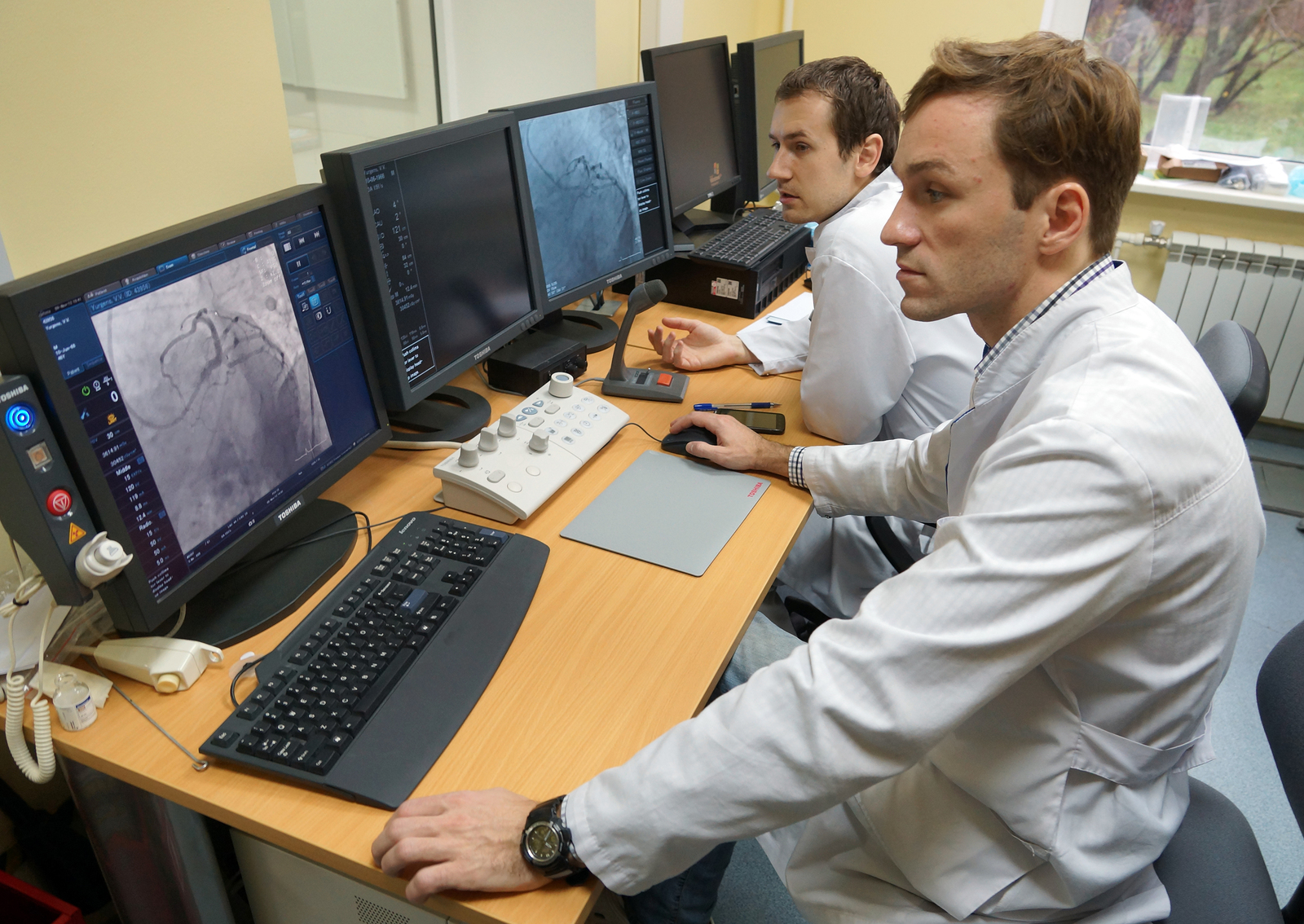FLUOROSCOPY
WHAT IS FLUOROSCOPY?
Fluoroscopy is a diagnostic tool that uses a continuous flow of low-dose X-rays to create a live image.
REASON FOR THE PROCEDURE
Fluoroscopies are performed to assist with the diagnose of diseases or to guide physicians during other diagnostic procedures or treatments.
THE PROCEDURE
This procedure can be done on an outpatient or inpatient basis or even during surgery and usually includes the use of a contrast dye. X-rays are taken in quick succession and can be immediately viewed on a monitor. Fluoroscopy is often paired with other procedures to guide physicians in the placement of stents and catheters, for alignment of bones, for joint replacement positioning and for needle placement to direct injections or biopsies. Fluoroscopy itself may take 30-45 minutes, but if combined with other procedures may take longer.
POTENTIAL SIDE EFFECTS, RISKS, AND COMPLICATIONS
Fluoroscopy carries some risks, as do other X-ray procedures. The radiation dose received varies depending on the individual procedure. Fluoroscopy can result in relatively high radiation doses, especially for complex procedures (such as placing stents or other devices inside the body). Radiation-related risks associated with Fluoroscopy may include direct injury to the skin or underlying tissues and the accumulation of radiation over time can cause cancer. To minimize the radiation risk, at Excel Imaging, Fluoroscopies are always performed with the lowest acceptable exposure for the shortest time necessary.


